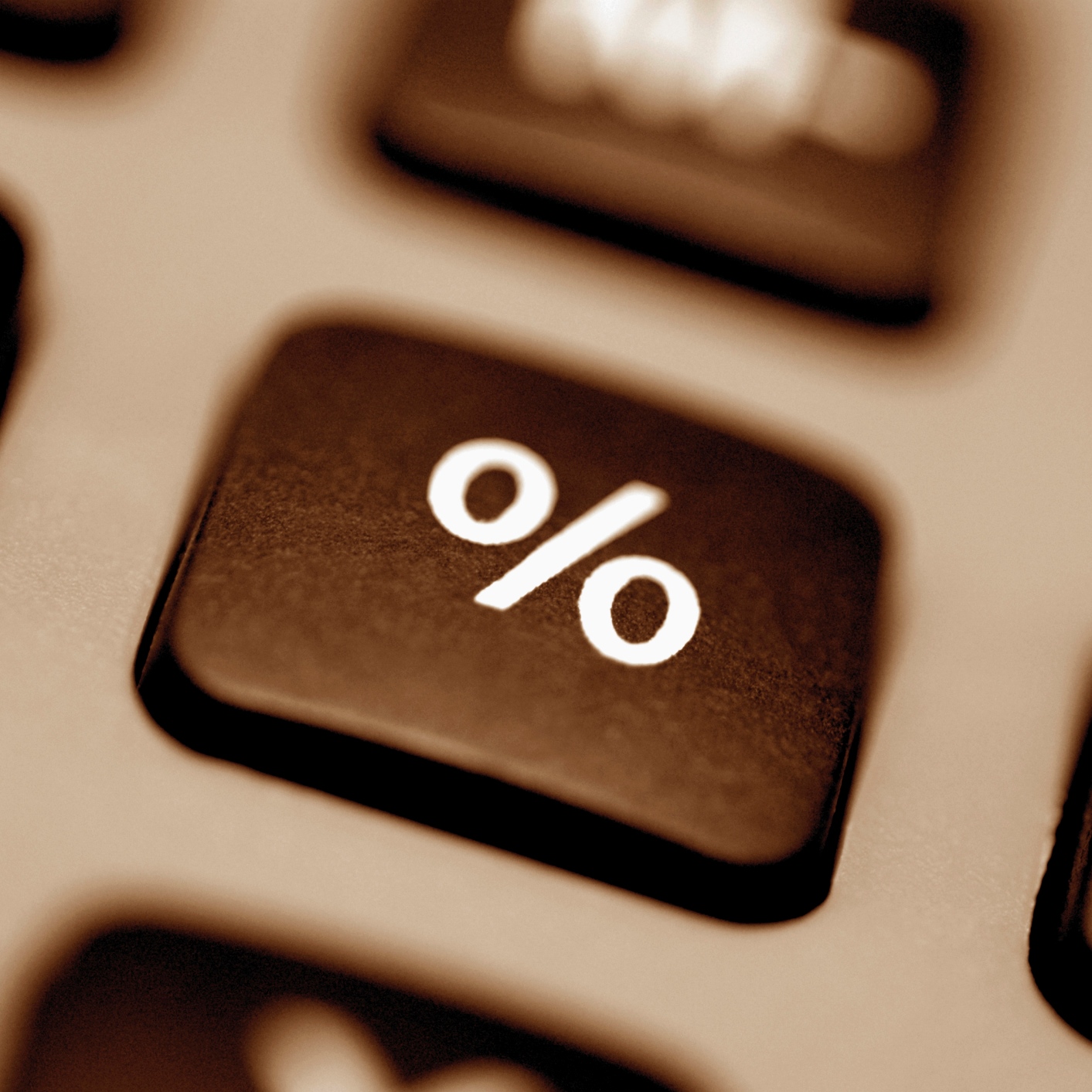
The week of August 26 has been full of waiting and waiting for Federal Reserve Chair Janet Yellen’s speech in Jackson Hole, Wyoming. The markets are looking for any sign of whether the Federal Reserve’s Federal Open Market Committee (FOMC) will raise interest rates at the September meeting or wait until after the election. With the fresh reading on America’s durable goods orders coming in quite strong, some watchers are wondering if the odds of a rate hike went up.
The headline durable goods report came in up 4.4% for July. This was handily higher than the Bloomberg consensus estimates of 3.7%, but still within the Econoday range of 2.0% to 5.0%. Reuters was projecting a gain of just 3.3%, and Dow Jones (Wall Street Journal) was looking for an even smaller 3.2% gain.
With unemployment under 5.0% and with inflation remaining an elusive wild card as well under 2%, is it worth wondering if the strong durable goods number could have tipped Yellen’s hand toward a rate hike sooner rather than later.
What economic watchers and investors need to consider is that durable goods makes up much of America’s manufacturing sector. This was slow for the first half of the year, when gross domestic product (GDP) was weak, but that is showing at least some signs of a pickup again.
Keep in mind that this strong headline gain of 4.4% was driven by commercial aircraft. If you back out aircraft and autos, orders rose by 1.5%. One more consideration is that the core capital goods orders rose by 1.6% in July, based on more demand for business equipment.
Where the durable goods report looks sketchy is in the shipments, rising only 0.2%. On that front, the core capital goods shipments were down 0.4%. Unfilled orders were also weak at −0.1% in July, after a 0.9% drop in June, which might not be the best for employment gains.
Inventories managed to break a down streak, rising 0.3%. The inventory-to-shipments ratio was unchanged at 1.64 in July.
All of this is ahead of a second-quarter GDP revision, and it is on the heels of last week’s stronger industrial production report.
As a reminder, the Fed’s best current argument to raise interest rates is so that it will still have conventional tools to ease monetary policies when the next slowdown comes. That being said, Friday’s GDP revision for the second quarter is expected to fall to a gain of 1.1% from the preliminary 1.2% gain. Again, that is a second-quarter reading.
Get Ready To Retire (Sponsored)
Start by taking a quick retirement quiz from SmartAsset that will match you with up to 3 financial advisors that serve your area and beyond in 5 minutes, or less.
Each advisor has been vetted by SmartAsset and is held to a fiduciary standard to act in your best interests.
Here’s how it works:
1. Answer SmartAsset advisor match quiz
2. Review your pre-screened matches at your leisure. Check out the advisors’ profiles.
3. Speak with advisors at no cost to you. Have an introductory call on the phone or introduction in person and choose whom to work with in the future
Thank you for reading! Have some feedback for us?
Contact the 24/7 Wall St. editorial team.


